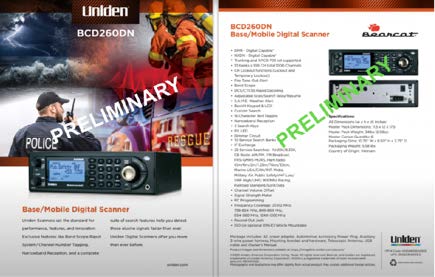
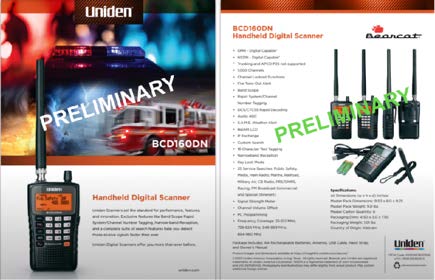
They say technology marches on and those who don’t adapt will be left behind. Railroading is
no exception as the golden age of steam evolved into the diesel era, and the next horizon of
locomotive technology seems to be based on electric and battery power (yes, I do know a
Pennsylvania GG-1 was cutting edge technology and electric way back in the day). The old trusty
Cannon EOS Rebel with 35mm slide film gave way to the Digital EOS Rebel and now that even
takes a back seat to the iPhone or Android in your back pocket for a quick on-demand shot of the
day’s railfan action. Monitoring railroad communications as part of railfanning is no exception to this
technology marching forward drum cadence. While the majority of railroad communications remains
the plain analog technology from multiple decades ago, changes are slowly making their way into the
industry.
The first change, called narrow banding, resulted in the existing 97-channel band plan to be
expanded with channels 107 to 196 interleaved between the existing frequencies. One example would
be AAR Channel 183 (161.3625 Mhz) and AAR Channel 184 (161.3775 Mhz) being adjacent to the
old AAR Channel 84 (161.3700 Mhz and CSXT’s main road frequency assignment through
Madisonville). These additional frequencies effectively doubled the amount of channels available to
railroads and their associated communications. The main effect these new channels had on railfans
was a slight notice of lesser range on all channels due to the nature of narrow band signals – usually
not a big deal.
The other change, related to the FCC’s narrow banding initiative, was the transition from
analog to digital, just as seen with broadcast TV and FM signals, as well as public safety
communication systems. For railfans, this change to digital felt foreboding as the possibility of not
being able to hear train crews, dispatchers and lineside hotbox detectors could impact the ability to
locate the action and get that prize winning first-place photo entry. Luckily most of these digital trials
are only affecting large terminal operations or other test locations.
Even as scanner manufacturers were starting to release digital scanners in the early 2000’s,
the different modes (APCO P-25, NXDN, and DMR) caused a lot of confusion and railfans asking
“what radio do I really need?” especially with some of the top-line scanners being $700 or more.
Unless you were heavily interested in public safety communications, these digital scanners were
really unnecessary for the average railfan. Plus all the new digital features made programming an
exercise akin to an electrical engineering class final exam.
While the AAR standard for digital voice radio uses the NXDN/Nexedge digital format there
has been no mandate to use digital so far. Regional and smaller railroads, as well as railroad
museums, have been known to use channels and even trunked radio systems (a whole other animal)
outside of the AAR plan in the business-band frequency ranges. Additionally, some small operations
even use DMR or other digital modes for internal communications.
On July 26, 2023 Uniden announced two new radio scanners on The Scanner Guys weekly
amateur radio/scanner Youtube channel specifically aimed at railfans who may not need all the fancy
features and are only concerned about being ready for the local railroad’s switch to digital. The
BCD160DN handheld and BCD260DN base/mobile are based on Uniden’s existing BCD396xx and BCD996xx series of full-featured digital scanners but at a lower price point and an easier learning
curve without the need for paying for extra digital modes and features. The NXND and DMR digital
modes are included at no additional cost. While no expected release date was given, these two new
units may be the next future upgrade you may need for your railfan toolbox.

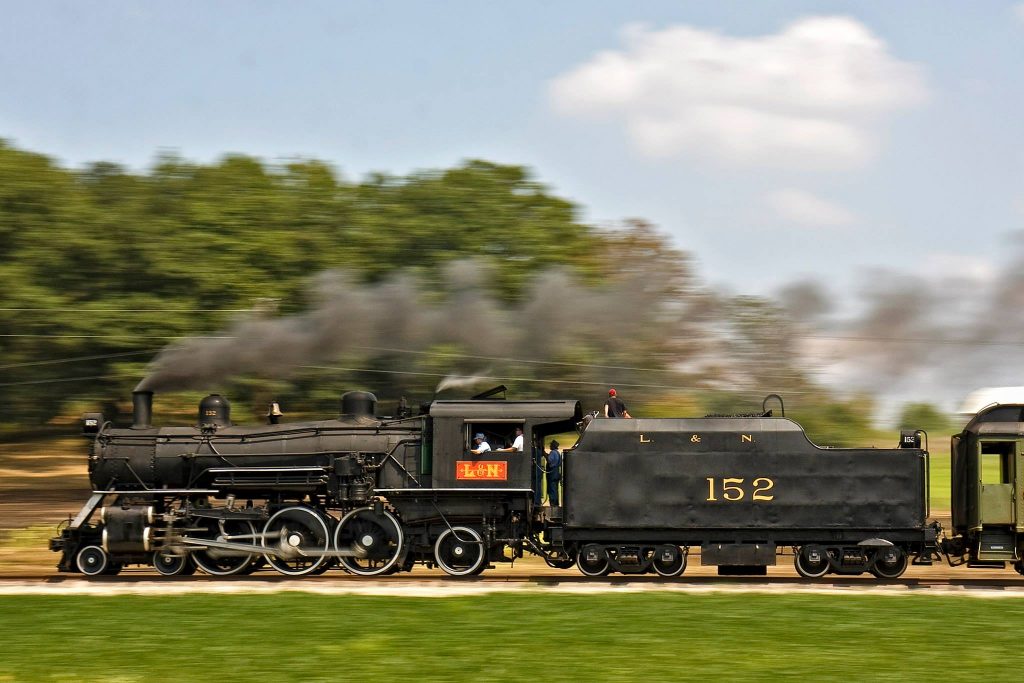
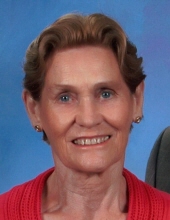

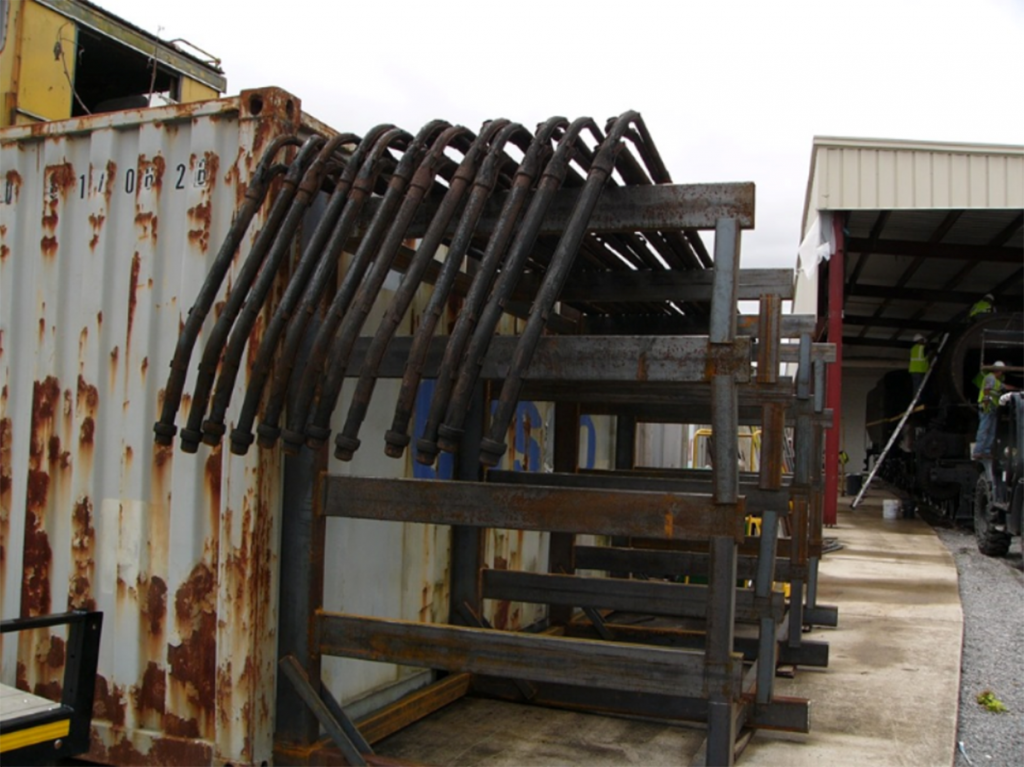
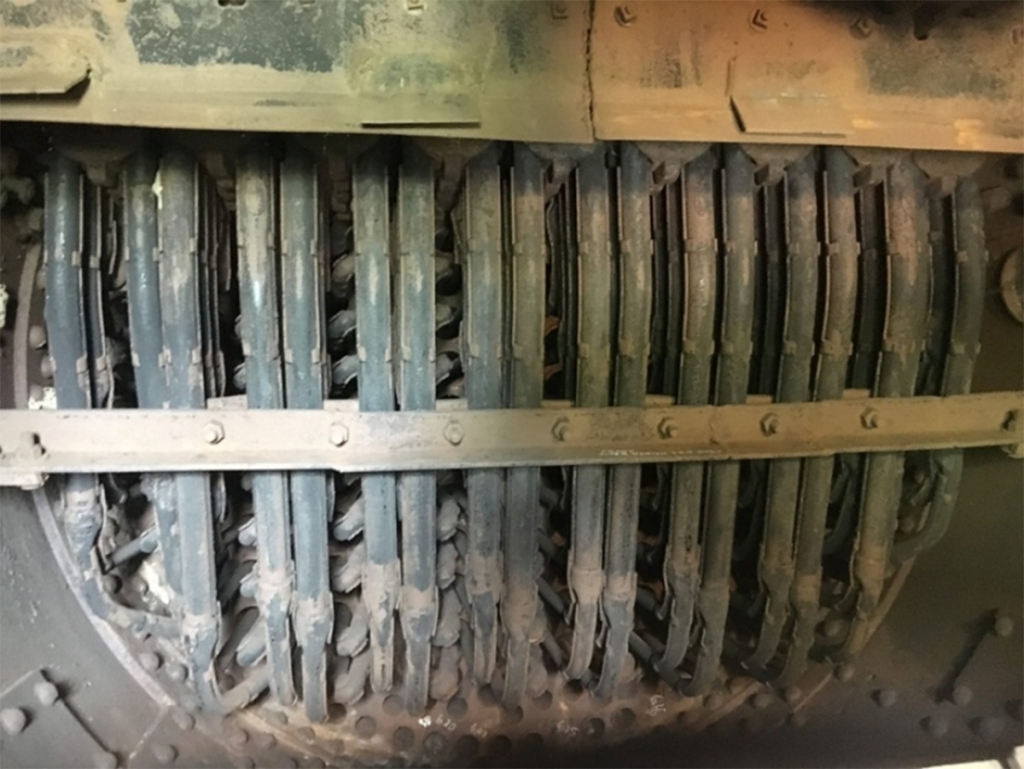
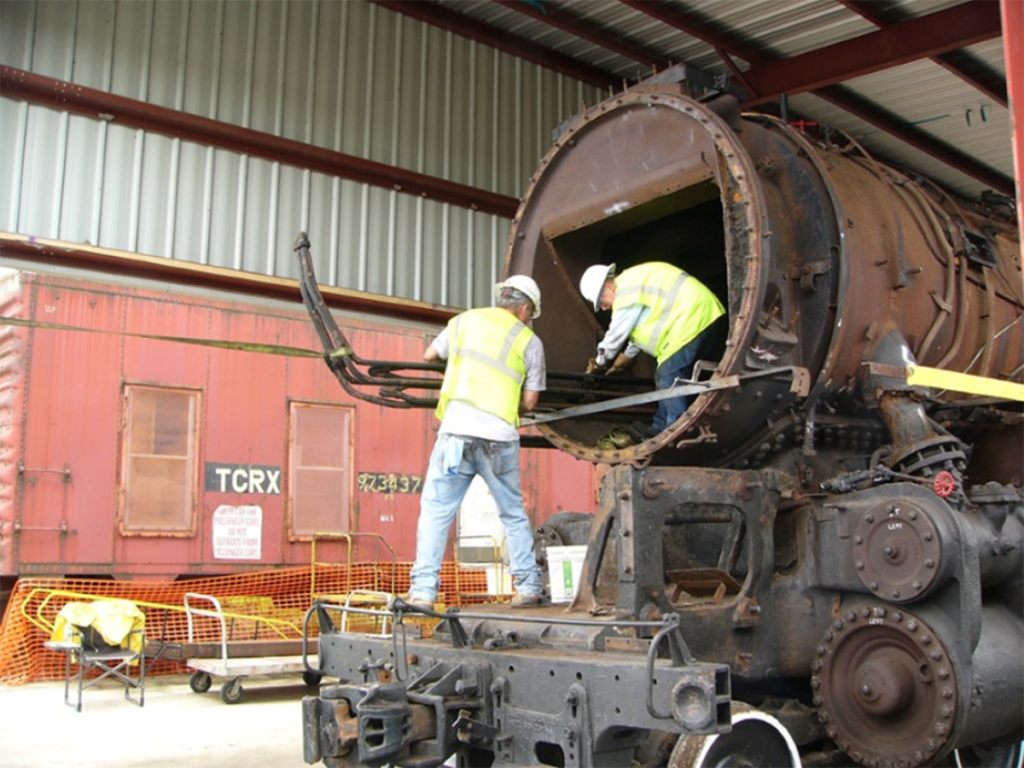
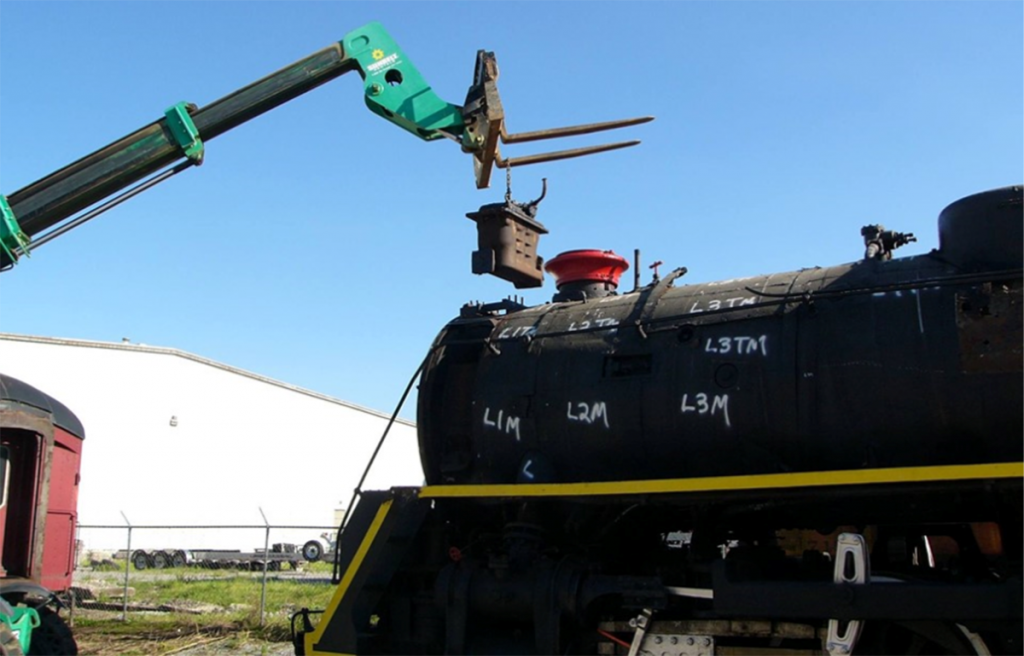





 The Federal Railroad Administration (FRA) released a status update on railroads’ progress implementing positive train control (PTC) systems in the fourth quarter of 2016. The status update, based on railroad-submitted quarterly data, shows freight railroads continue to make consistent progress while passenger industry progress in installing and activating the life-saving technology only slightly increased.
The Federal Railroad Administration (FRA) released a status update on railroads’ progress implementing positive train control (PTC) systems in the fourth quarter of 2016. The status update, based on railroad-submitted quarterly data, shows freight railroads continue to make consistent progress while passenger industry progress in installing and activating the life-saving technology only slightly increased.